UP TO THE MINUTE
Safety first: Managing crane operations near power lines on roofing sites
April 2, 2025 at 6:00 a.m.By Cotney Consulting Group.
Proactive safety measures and clear communication on the job site are vital in preventing accidents.
Operating cranes near overhead power lines is a common necessity in roofing projects but poses significant electrocution risks. Proper planning, training and implementing safety protocols are crucial to protect workers and prevent accidents. This guide outlines critical steps and precautions roofing contractors should take when working with or around cranes near power lines.
Understanding the dangers
Electrocution hazards around overhead power lines are a major safety concern on job sites. Contact with energized lines can result in severe injuries or fatalities. Cranes are particularly susceptible due to their height and the extensive reach of their booms. Therefore, knowing how to safely operate and navigate cranes in areas where power lines are present is essential.
Key safety practices when working near overhead power lines
Before beginning work near power lines, notify the power line owners of your project's details, including the date, time and type of work involved. Request permission to de-energize and ground the lines or install insulated barriers. Here are critical safety practices to follow when operating or working around cranes near power lines:
1 - Participate in crane safety programs: Encourage all workers to engage in crane safety training programs. Understanding the dangers associated with crane operation, especially near overhead power lines, helps create a safety-focused job site. Training should cover operating procedures, government regulations and emergency response protocols.
2 - Identify power line locations and voltage: Before beginning any crane-related work, locate all overhead power lines and determine their voltage. This knowledge is essential to establish safe clearance distances and to choose appropriate equipment for the job. Assuming all power lines are energized until they have been de-energized is a critical safety mindset that can prevent dangerous accidents.
3 - Evaluate the job site before work begins: Conduct a thorough job site assessment to decide on the appropriate machinery size and type and identify the safest areas for machinery operation and material storage. Establish safe routes where cranes can travel beneath power lines and ensure these pathways are clearly marked. By planning equipment use and movement in advance, you reduce the chances of accidental contact with power lines.
4 - De-energize and establish safe clearances: If possible, have power lines de-energized and grounded before work begins. Where this is not feasible, erect insulated barriers to prevent physical contact with energized lines. Maintaining safe clearances between cranes and power lines is also important, as OSHA standards regulate it. Mark these safe distances clearly on cranes to serve as a constant reminder to operators.
5 - Use caution when operating cranes near power lines: Slow down and operate cranes at a slower-than-normal speed when working near power lines to allow better control and quick response to potential hazards. It's also important to move carefully. Exercise caution when moving cranes over uneven ground, as this can cause the crane to sway or bob into power lines. Similarly, be mindful of wind conditions, which can cause power lines to sway and reduce the safe clearance between the crane and the lines.
6 - Assign a signal person: When the crane operator cannot see the power lines or maintain a safe clearance during crane movement, designate a signal person to watch for power line proximity. The signal person should be responsible for giving immediate warnings if the crane approaches the limits of safe clearance. No one should touch the crane or its load until the signal person has confirmed that it is safe to do so.
7 - Use safety equipment wisely: While tools such as cage-type boom guards, insulated lines, ground rods, nonconductive links and proximity warning devices can provide additional layers of protection, they should not be used as a substitute for de-energizing power lines or maintaining safe clearances. They serve as supplementary safety measures rather than primary safeguards.
What to do if contact occurs
If a crane comes into contact with an energized power line, the crane operator should remain inside the cab and attempt to remove the crane from contact by moving it in the reverse direction. If moving the crane away from the power line is not possible, the operator should stay inside the cab until the power lines have been de-energized.
All other workers must avoid the crane, ropes and load, as the ground around the machine may be energized. Quick access to communication for calling emergency services is crucial and workers on-site should be trained in cardiopulmonary resuscitation (CPR) to respond effectively in emergencies.
Conclusion
Crane safety near overhead power lines requires careful planning, ongoing training and strict adherence to safety protocols. By participating in crane safety programs, identifying power line locations, evaluating job sites and maintaining safe clearances, roofing contractors can significantly reduce the risk of electrocution and create a safer working environment for everyone involved. Remember, proactive safety measures and clear communication on the job site are vital in preventing accidents.
Learn more about Cotney Consulting Group in their Coffee Shop Directory or visit www.cotneyconsulting.com.
Recommended For You
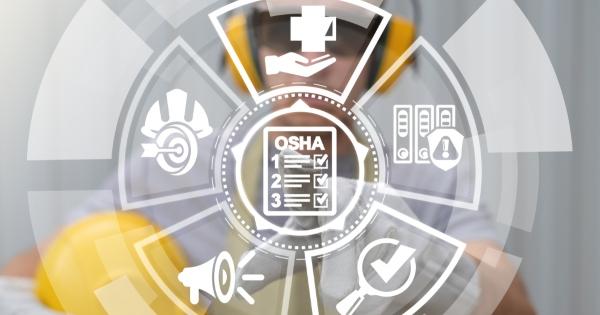
8 OSHA Changes and How They Affect You
Read More ...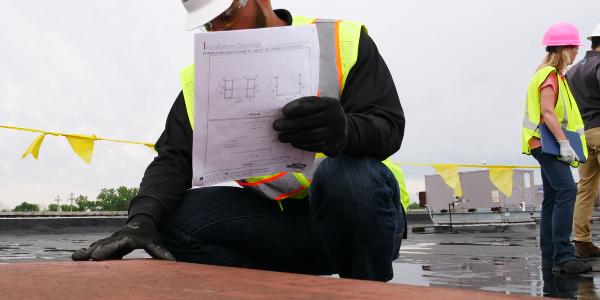
Innovative Products Promoting Safety on the Jobsite
Read More ...
Understanding human factors in roofing safety to prevent serious injury and fatality incidents
Read More ...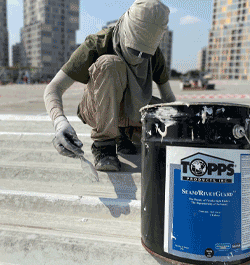




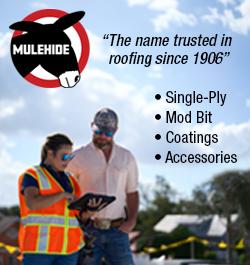





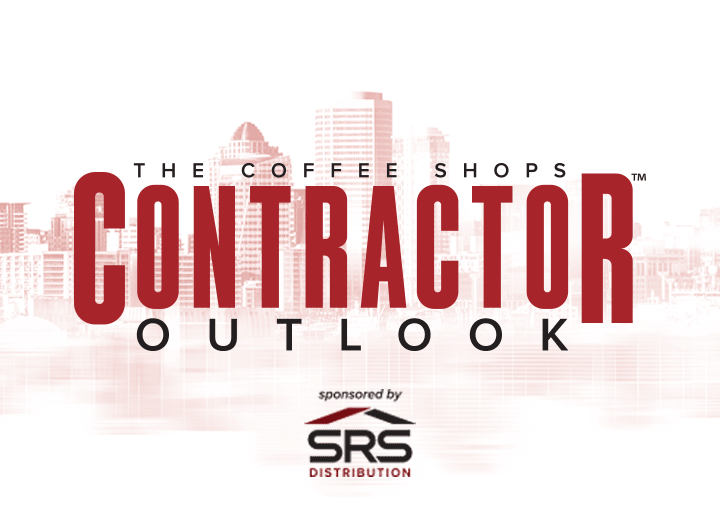
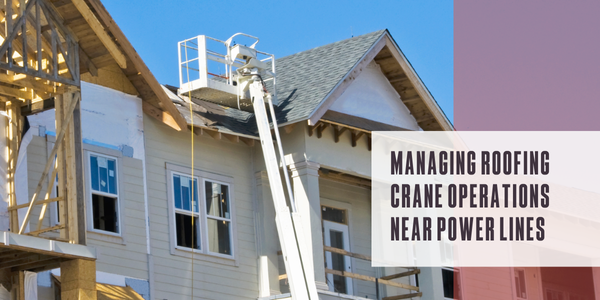



Comments
Leave a Reply
Have an account? Login to leave a comment!
Sign In